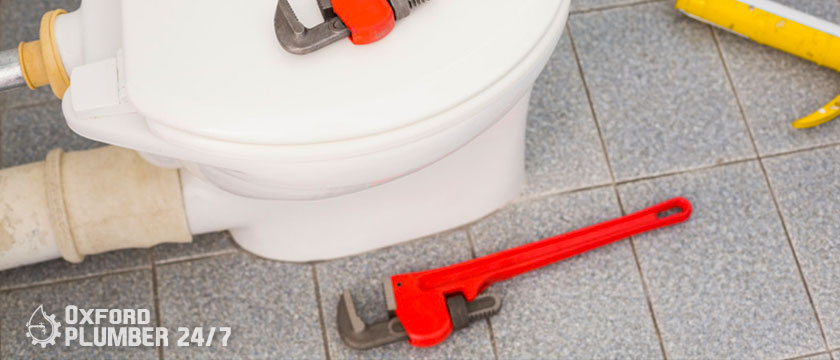-

email us
[email protected]
-

call us now
01865 638574
Oxford Plumber & Plumbing Services

19 Jan. 2022
How Do Pipes Freeze?
Water begins to freeze as temperatures drop, and water pipes are particularly vulnerable to freezing. A frozen pipe, on the other hand, is more than just an inconvenience. Water pipes that freeze are prone to bursting, resulting in serious leaks and flooding.
Water expands when it freezes. The expanding tendency explains why you should be cautious about what you put in a freezer — some objects, such as soda cans, will explode if left in a freezing environment for an extended period of time. The same holds true for water pipes. When the water within the system freezes, it expands, putting the entire system at risk of rupture. However, where ice has formed in the pipe, it rarely bursts; instead, freezing portions of the pipe force pressure “downstream,” between the faucet and the ice blockage. This is where the pipe usually bursts, in places where there is no ice at all.
Wind chill also contributes significantly to pipe freezing. If unheated spaces have holes, cracks, or openings that allow cold, outside air to enter, the cooling effect frequently speeds up ice formation. Even small openings, such as those used to let telephone, cable, internet, or television lines enter a room, can allow a dangerous amount of cold air into the structure.
Frozen pipes are not limited to the northern hemisphere. Water systems in southern climates are even more vulnerable to frozen or burst pipes because, in many cases, homes in warm climates aren’t designed with freezing temperatures in mind, and homeowners aren’t familiar with winterizing techniques. When a cold front arrives, many warm-weather structures are unprepared, resulting in ice dams, burst pipes, and flooded homes.
Pipes in unheated interior spaces, such as garages, attics, and basements, are especially vulnerable to ice blockage; in fact, basements account for up to 37% of all frozen pipe failures. Pipe systems that run through cabinets or outside walls can also freeze in the right conditions.
The Minimum Temperature Required to Prevent Pipes from Freezing
The “temperature alert threshold” for freezing pipes is generally around 20 degrees Fahrenheit. This temperature was determined by researchers at the University of Illinois’ Building Research Council, who discovered that uninsulated water pipes began to freeze when temperatures outside fell to 20 degrees or lower.This, however, is not a hard and fast rule. Pipes can freeze when temperatures rise above 20 degrees, depending on their exposure to wind and elements. Pipes in interior spaces may develop ice blockages if they are near cracks or openings that let in cold air, even if they are in a heated space.
Make sure your pipes are not exposed to temperatures approaching the alert threshold of 20 degrees to prevent them from freezing and burst.
What Should You Do If Your Pipes Freeze?
If your pipes are frozen, you can take steps to mitigate potential damage and melt ice blockages — but not every cold spell will result in frozen and blocked pipes. Check for these indicators to see if your water system is in good working order.
Frosty pipes: If a section of your piping system is exposed, look for any frost on the surface. If it has, your pipe is likely to be frozen.
Strange and odorous odors coming from a drain or faucet could indicate a frozen pipe. If your pipes are clogged with ice, the odors have nowhere to escape except back into your home.
There is no water: A lack of running water is one of the most obvious signs that a pipe has frozen. If you turn on a faucet and nothing or only a small trickle of water comes out, this is most likely due to an ice blocked toilet oxford in the pipe.
- By:Oxford Plumber
- Comments:No Comments
- 1
- 2
